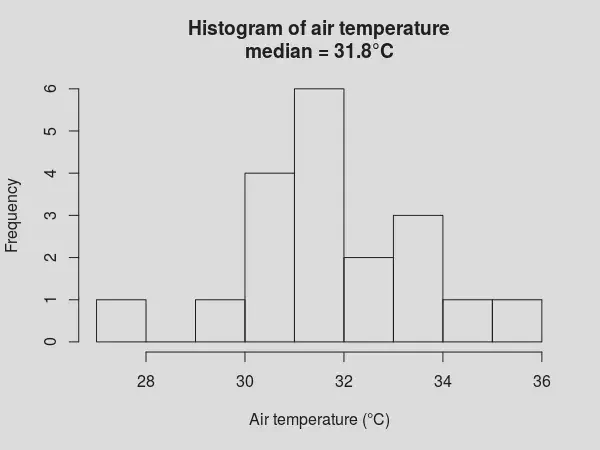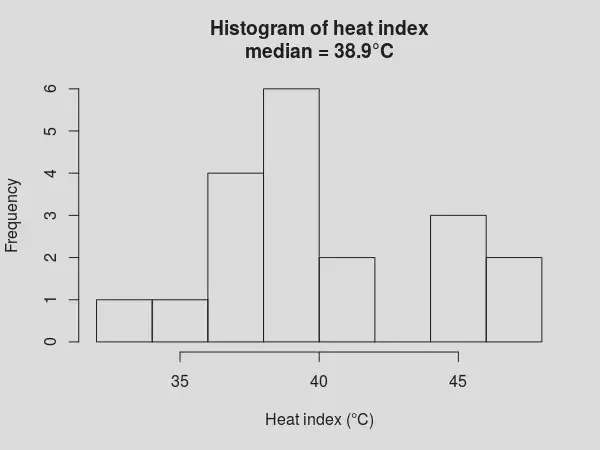Bangkok is a long way from Knoxville
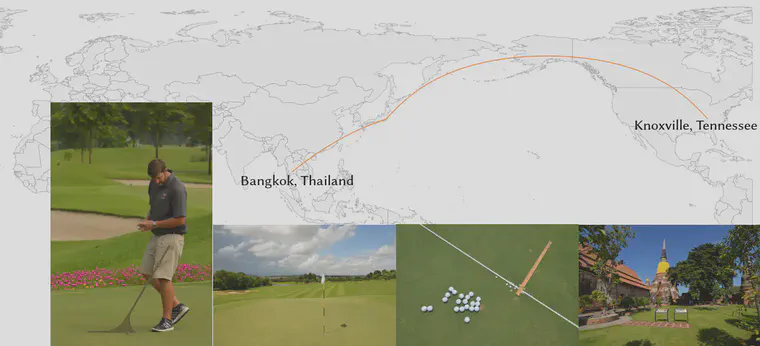
When Eric Reasor flew from Tennessee to Thailand, he brought along measuring tools to assess how golf balls roll across putting greens.
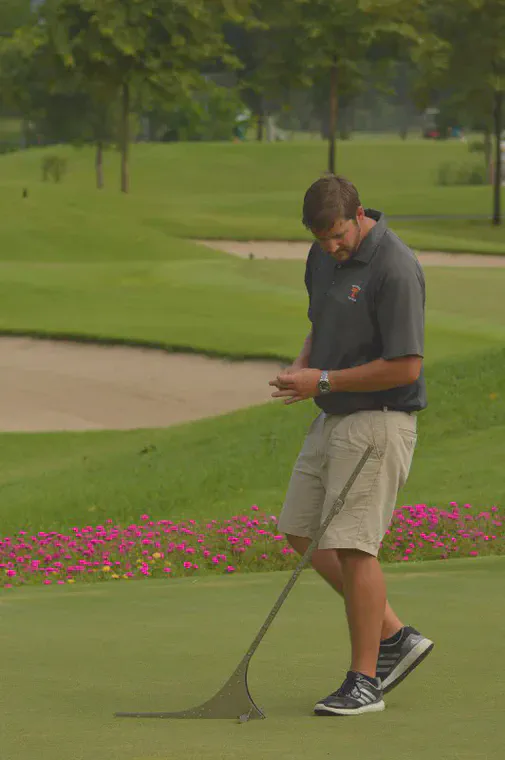
He visited 22 golf courses in 5 days. Here’s a map with the locations visited marked as an orange ⊕.
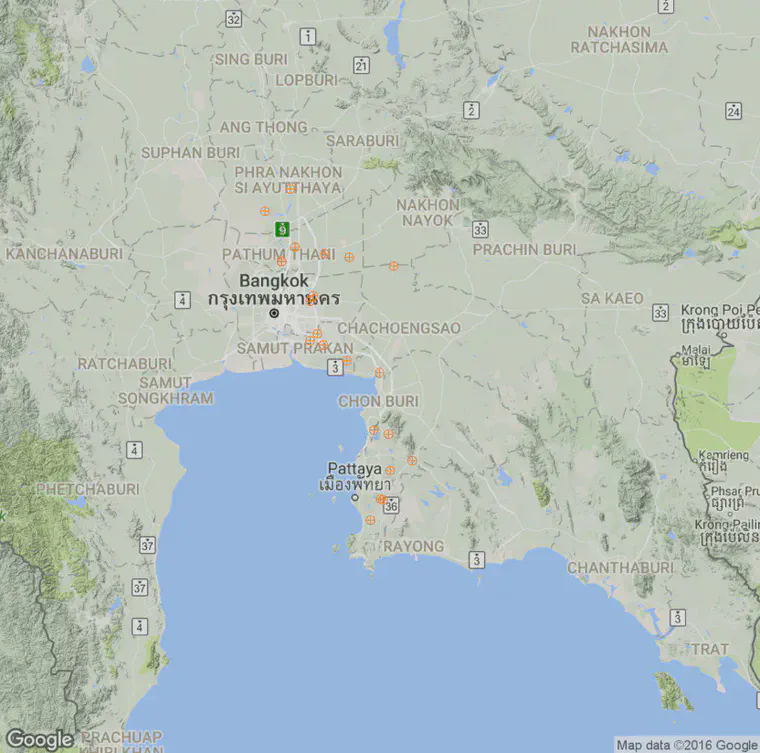
The primary measurement he made was rolling balls using a customized Perfect Putter, so that all balls were launched on their roll at the same line and with the same pace.
Each ball was marked where it stopped.
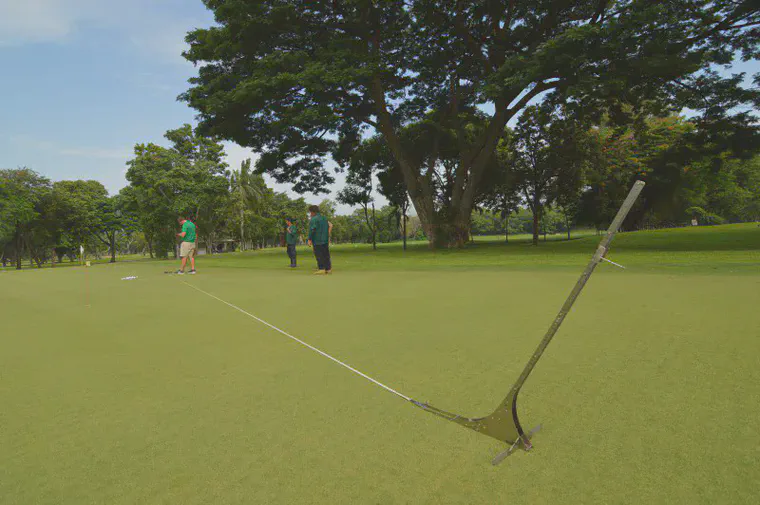
Then the width and length of the dispersion area was recorded. Sometimes the balls dispersed a lot before they stopped.
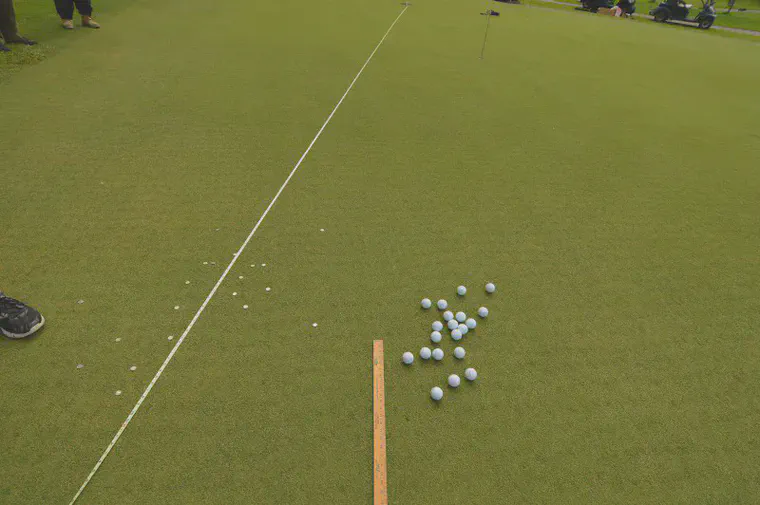
On other rolls, or other greens, the dispersion was relatively small.
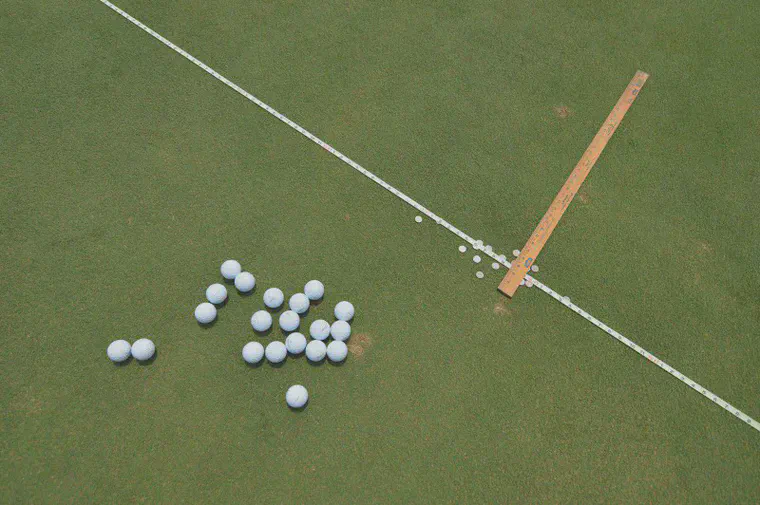
The purpose of the project is to study what factors influence the dispersion of the ball as it rolls across the green. Is it the grass species? Is it the mowing height? Do off-type grasses affect the dispersion? Is it something else? This is all part of his research about bermudagrass off-types. For an overview of this problem, see Reasor et al. on the genetic and phenotypic variability of interspecific hybrid bermudagrasses (Cynodon dactylon (L.) Pers. × C. transvaalensis Burtt-Davy) used on golf course putting greens.
As we traveled around central Thailand, we got to see all the major species used as turfgrass in this region. Here’s a few notes about what we saw in July.
Seashore paspalum must be maintained with a relatively rapid growth rate in this climate. If paspalum is not kept growing, it will be overtaken by other grasses. Therefore, a lot of work is required to keep paspalum surfaces in a playable condition, and we saw verticutting on paspalum fairways to manage the organic matter.
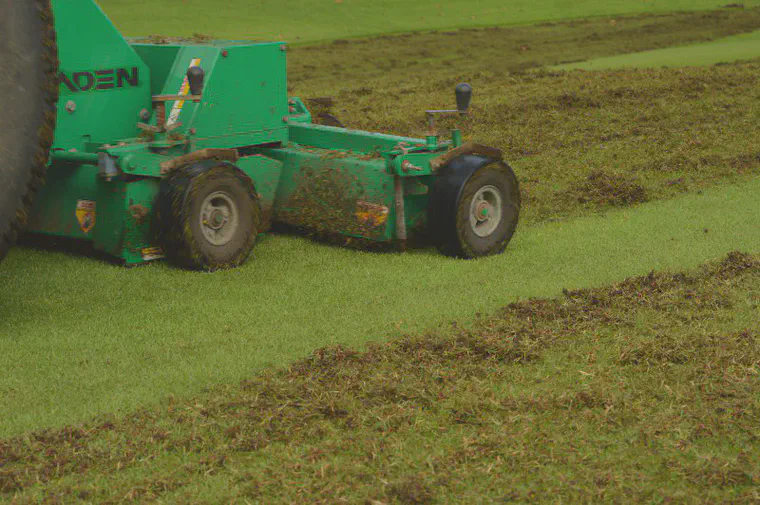
There are lots of birds on Thailand golf courses. These are Asian openbill and a little egret.
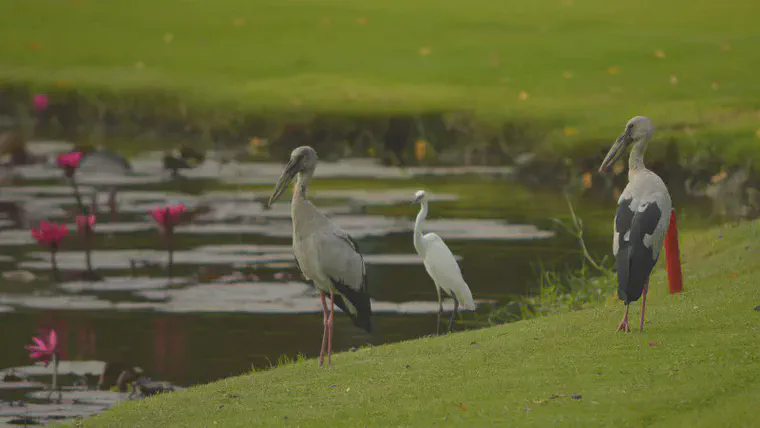
I haven’t identified this bird yet.
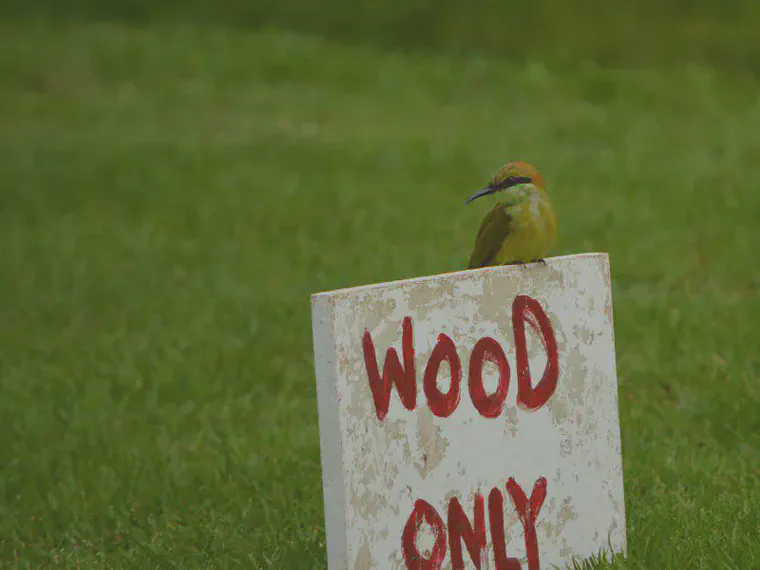
Bermuda greens and seashore paspalum fairways are pretty common around Bangkok.
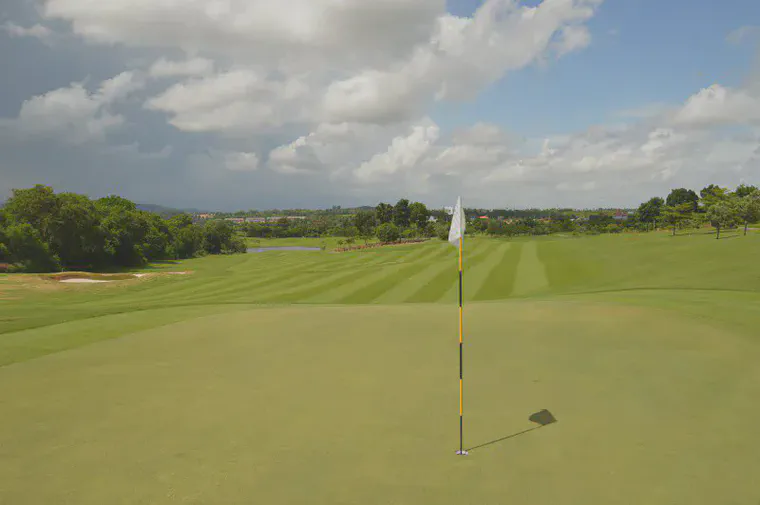
Manilagrass (Zoysia matrella) is even more common. Let’s call it ubiquitous. You can find it at the airport, along the expressways, in lawns, on golf courses, and on football fields and tennis courts.
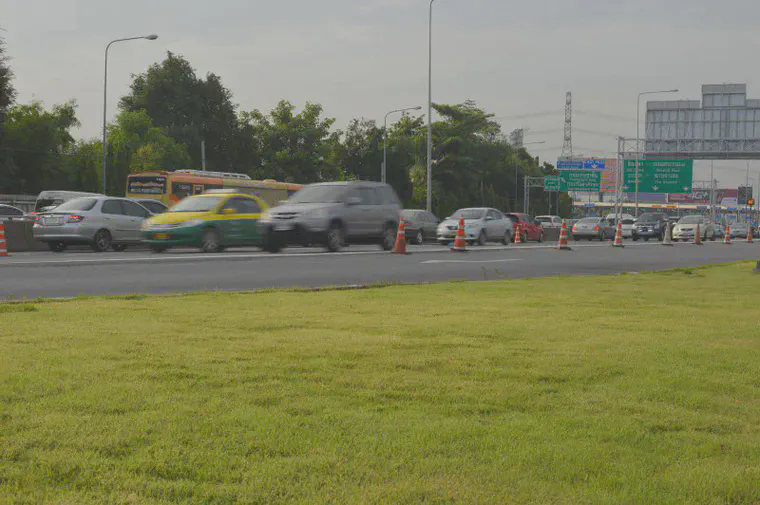
This is bermuda on greens with the nuwan noi variety of manilagrass on fairways. The fairway would have been planted to bermudagrass, but over time the nuwan noi comes to dominate the sward.
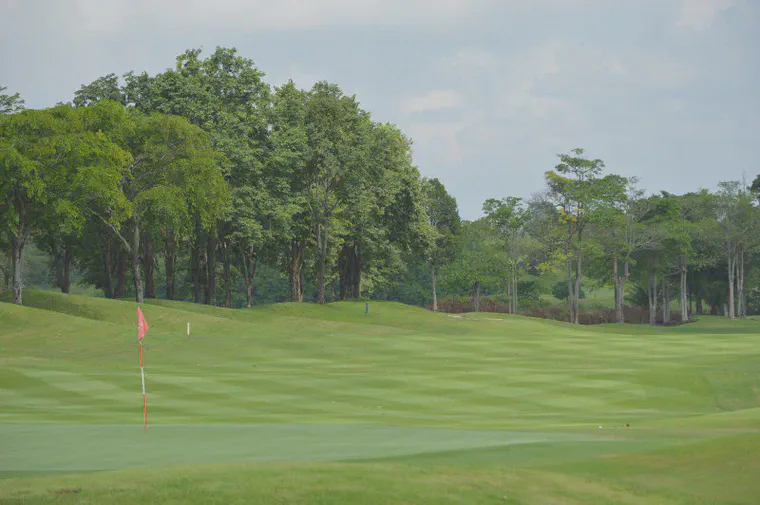
In parks, palace lawns, and temples, one tends to find tropical carpetgrass (Axonopus compressus) under the trees and nuwan noi manilagrass in full sun.
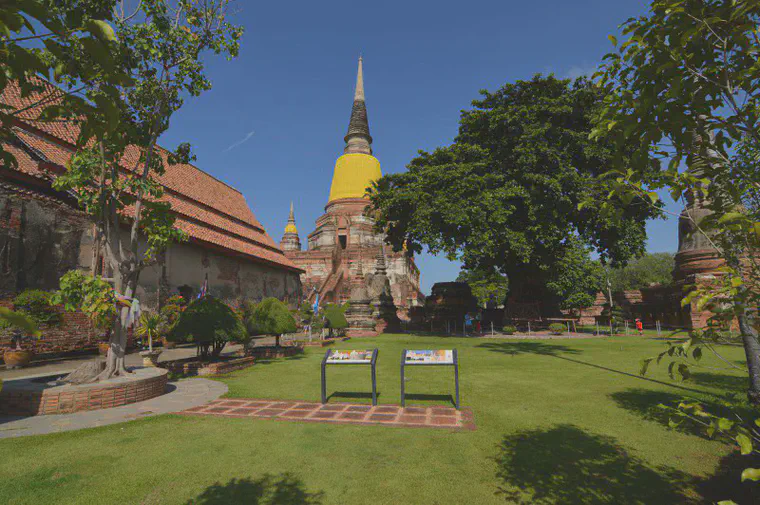
We were lucky with the weather for that time of year. With 22 golf courses visited, we got rained out zero times. Normal weather in July at Bangkok will have 155 mm of rain and 13 rainy days.
Hey @UTTurfWeeds, squeezing some data entry in isn't so bad after all pic.twitter.com/gD8pcD9Qr5
— Eric Reasor, Ph.D. (@TurfBlade) July 15, 2016
We saw a bit of rain, but not enough to interfere with our work.
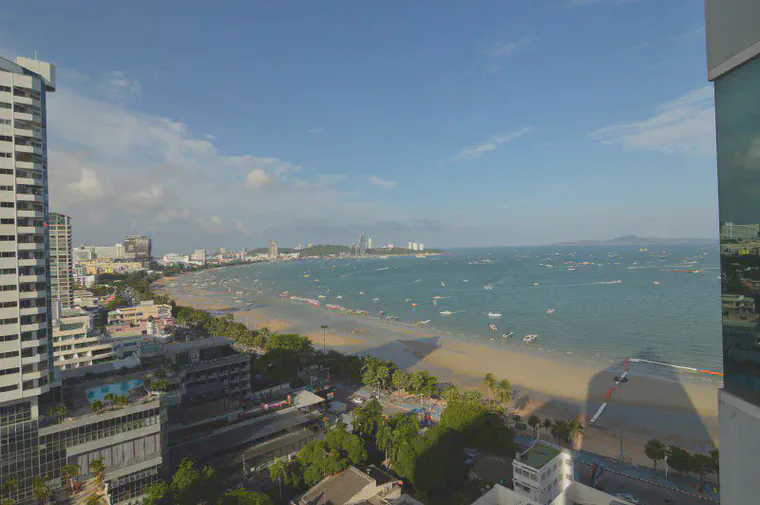
It was plenty warm. These are temperatures and heat indices at the time I collected data at 19 of the courses. It was only less than 30°C twice. What a great place for a tropical holiday! Or in this case, for 5 days of intensive data collection.
